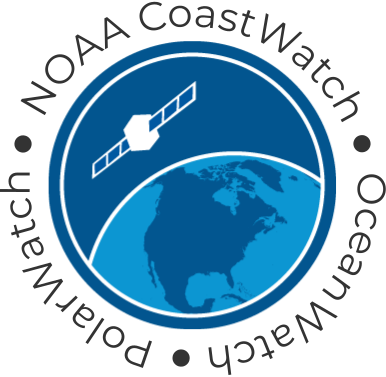| Date |
October 16, 2019
|
|---|---|
| Content Type |
User Story
|
![Scientific Figure showing contributions of phytoplankton(link is external), CDOM, and nonalgal particulate(link is external) absorption coefficients(link is external) to total non-water absorption for waters with relatively (a) higher and (b) lower degrees of correlation between [Chl-a] and Rrs(490)/Rrs(555)](../../sites/default/files/styles/medium/public/2022-12/1-s2.0-S0079661116302592-gr13f81d.jpg?itok=rBw8w8QW)
|
|
| Data Applications |
Water Quality
|
In a paper published in 2017 in Progress in Oceanography, coauthors Guanming Zheng and Paul M. DiGiacomo reviewed approaches to deriving water quality products from satellite ocean color data. They quantify and discuss the inherent uncertainties surrounding the characterization of water quality parameters of interest in coastal waters such as water turbidity, suspended particulate matter, and quantifying phytoplankton biomass, algal types and non-algal constituents of the water (e.g., mineral particles, chromophoric dissolved organic matter, etc.). Further, they note that many of the water quality properties of interest to coastal managers and residents (e.g., nutrients, toxins) are not directly retrievable from ocean color data but rather can be accessed using ocean color (and perhaps along with other data inputs) as a proxy. The status of coastal pollution applications using ocean color radiometry data is also discussed for oil spills, water clarity and turbidity, contaminants and pathogens, eutrophication and hypoxia, and harmful algal blooms.
![Scientific Figure showing contributions of phytoplankton(link is external), CDOM, and nonalgal particulate(link is external) absorption coefficients(link is external) to total non-water absorption for waters with relatively (a) higher and (b) lower degrees of correlation between [Chl-a] and Rrs(490)/Rrs(555)](../../sites/default/files/inline-images/1-s2.0-S0079661116302592-gr13.jpg)
Above, Fig. 13 from the publication shows the contributions of phytoplankton, CDOM, and nonalgal particulate absorption coefficients to total non-water absorption for waters with relatively (a) higher and (b) lower degrees of correlation between [Chl-a] and Rrs(490)/Rrs(555). (Courtesy of the authors and Elsevier under a Creative Commons license).
